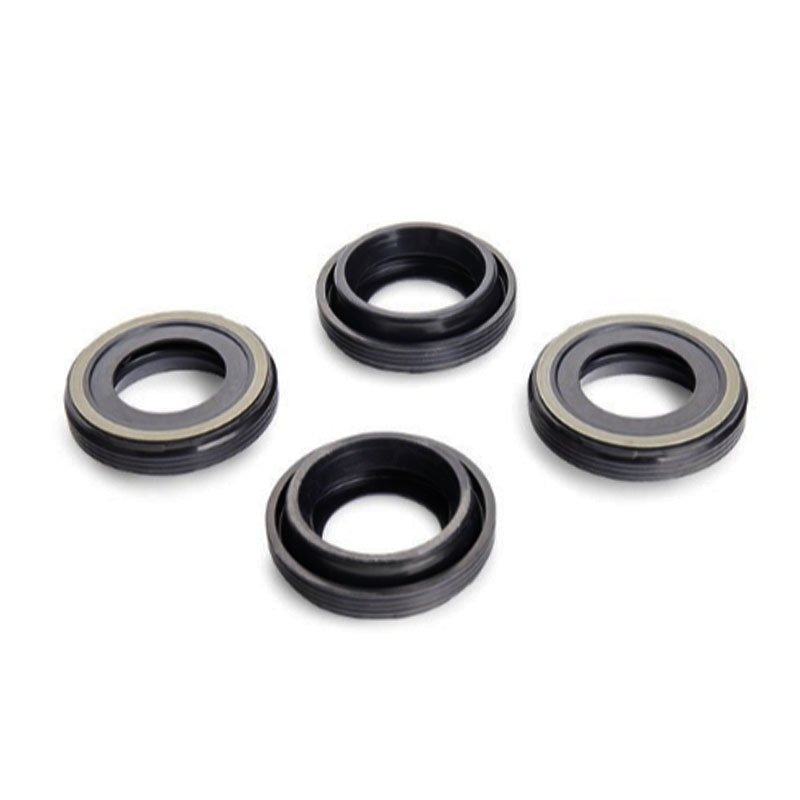oil seal types
Understanding Oil Seal Types
Oil seals, also known as elastomeric seals or radial shaft seals, play a crucial role in machinery and automotive applications by preventing leakage and contamination. These components are designed to seal the interface between rotating and stationary parts, ensuring that lubricants remain contained and preventing the ingress of dust, dirt, and moisture. With various types available, it’s important to understand their specific functions, materials, and applications.
1. Types of Oil Seals
The types of oil seals can primarily be categorized based on design and application. The most common types include
- Radial Oil Seals These are the most ubiquitous type of oil seals, designed to fit onto rotating shafts. They have a rubber body with a metal casing that provides structural support and stability. Radial oil seals are often used in automotive applications, such as in engines and transmissions.
- Lip Seals Lip seals feature a flexible lip that makes contact with the shaft surface. This design effectively creates a barrier against the escape of oil and the entry of contaminants. The lip can be designed in various styles, including single-lip and double-lip configurations, depending on the application's sealing needs.
- Mechanical Seals Commonly used in pumps and compressors, mechanical seals consist of two flat surfaces that are pressed together. This design effectively prevents fluid leakage, even under high pressure and temperature conditions.
- U-Cups and V-Rings These seals are designed for reciprocating applications. U-cups have a U shape that allows for flexibility while maintaining a tight seal, making them suitable for hydraulic cylinders. V-rings, on the other hand, are used to seal rotating shafts and provide excellent protection against contamination.
2. Materials Used in Oil Seals
oil seal types

The effectiveness and durability of an oil seal largely depend on the materials used in its construction. Common materials include
- Nitrile Rubber (NBR) This is the most widely used material for oil seals, known for its excellent resistance to oil, fuel, and various chemicals. It is suitable for a wide range of temperatures, making it ideal for automotive and industrial applications.
- Fluoroelastomer (FKM) For high-temperature applications, fluoroelastomers offer superior heat and chemical resistance, making them suitable for sealing environments where conventional materials might fail.
- Polyurethane This material provides excellent wear resistance and is ideal for dynamic applications, such as in hydraulic systems.
3. Applications of Oil Seals
Oil seals are integral components in numerous applications across various industries. In automotive engineering, they prevent oil leaks in engines, gearboxes, and wheel hubs. In industrial machinery, they are vital for maintaining lubrication in bearings, hydraulic systems, and pumps. Additionally, oil seals are utilized in consumer products, such as power tools and appliances, to enhance performance and longevity.
Conclusion
Understanding the different types of oil seals, their materials, and applications is essential for engineers and technicians tasked with equipment maintenance and repair. Choosing the right type of oil seal significantly impacts the performance and reliability of machinery, leading to improved efficiency and reduced downtime. As technology continues to advance, the design and materials of oil seals will likely evolve, further enhancing their functionality and applicability across various sectors.
-
The Ultimate Guide to Boat Propeller Bearings and Trailer Wheel Bearings
News Jul.31,2025
-
The Essential Guide to Marine Bearings and Boat Trailer Wheel Bearings
News Jul.31,2025
-
The Complete Guide to Heavy Duty Seals: Protecting Doors and Spaces Efficiently
News Jul.31,2025
-
Essential Guide to Marine Shaft Bearings and Boat Trailer Axle Bearings
News Jul.31,2025
-
Comprehensive Guide to Marine and Trailer Bearings for Safe Boating and Transport
News Jul.31,2025
-
Comprehensive Guide to Automotive Oil Seals: Protecting Your Engine and Shafts
News Jul.31,2025
-
Understanding Automotive Oil Seals: Essential Components for Engine and Shaft Protection
News Jul.30,2025
Products categories















